Free shipping for orders over 280 CHF / 270 €
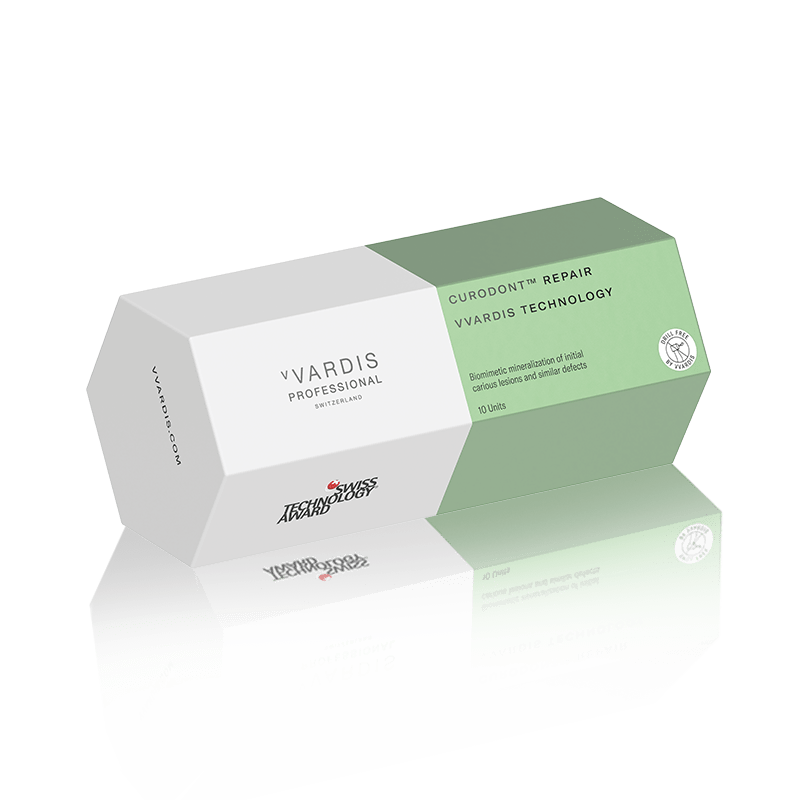
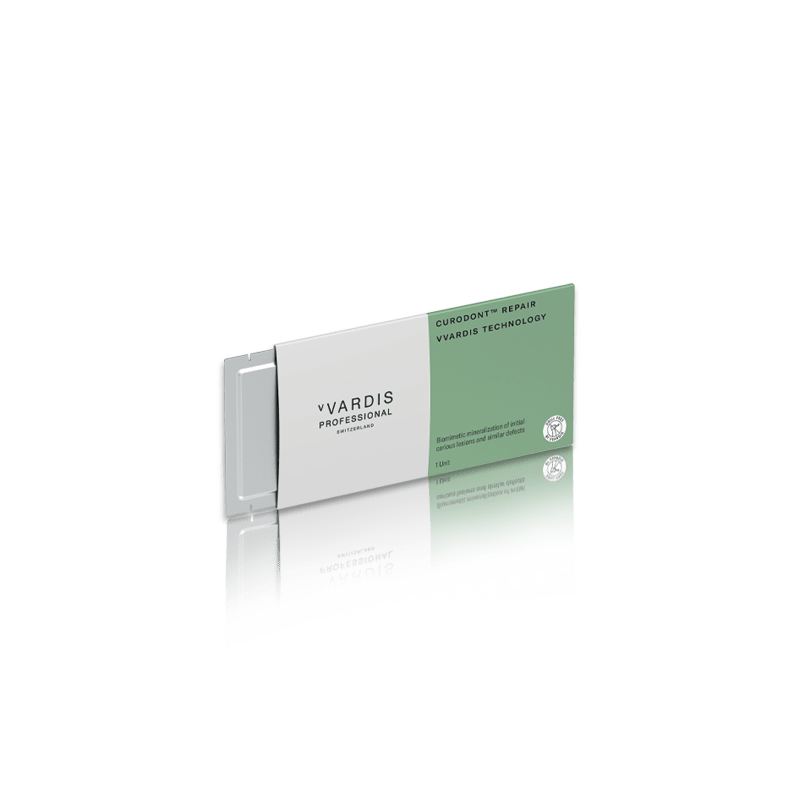
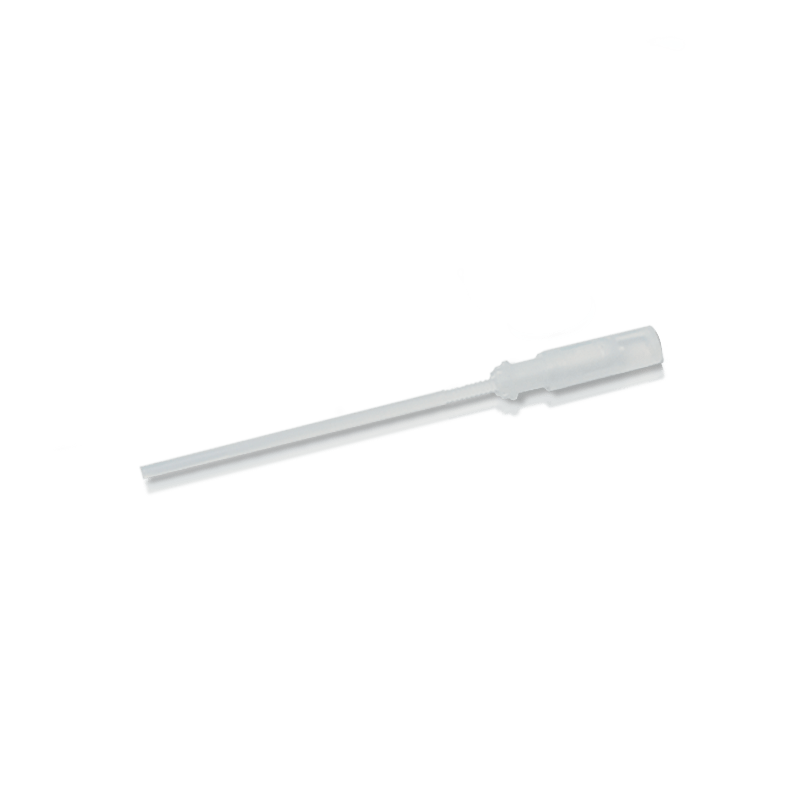
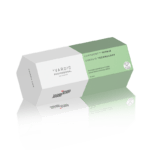
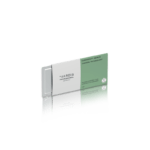

Regenerative treatment of initial carious lesions
– Professional product, sold to dental professionals only –
CURODONTTM REPAIR arrests and reverses initial carious lesions through enamel regeneration.
Its Monomer-Peptide 104 patented technology remineralises the enamel structure until the depth of the defect, preserving the tooth.
Non-invasive, easy-to-use, and pain-free. Suitable for all patients
Box contains 10 units of ready-to-use applicators.
One applicator can treat 1-3 lesions per patient.
USE
In office only
CHF 280.00 excl. VAT
For orders from Germany, visit minilu.de
For orders from Switzerland, visit kaladent.ch
Guided Enamel Regeneration (GER) is a regenerative treatment of initial carious lesions. GER bridges the gap between prevention and invasive restorative treatments. It enables effective therapy of initial caries through in-depth regeneration of the enamel, whilst still maintaining the integrity of the tooth. By diffusing rapidly until the depth of early, active, non-cavitated early carious lesions (Caries classification table for indications of CurodontTM Repair) and forming new hydroxyapatite crystals, the Monomer-Peptide 104 technology in CurodontTM Repair enables Guided Enamel Regeneration via an easy, non-invasive and pain-free application.
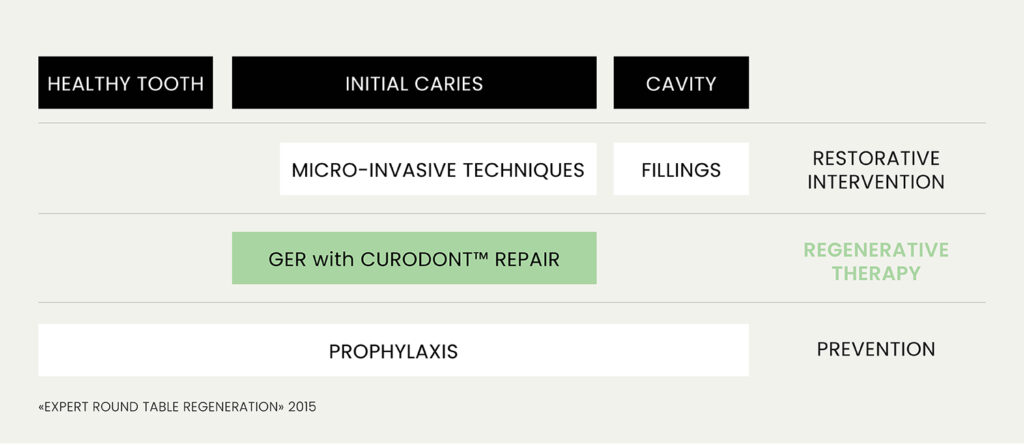
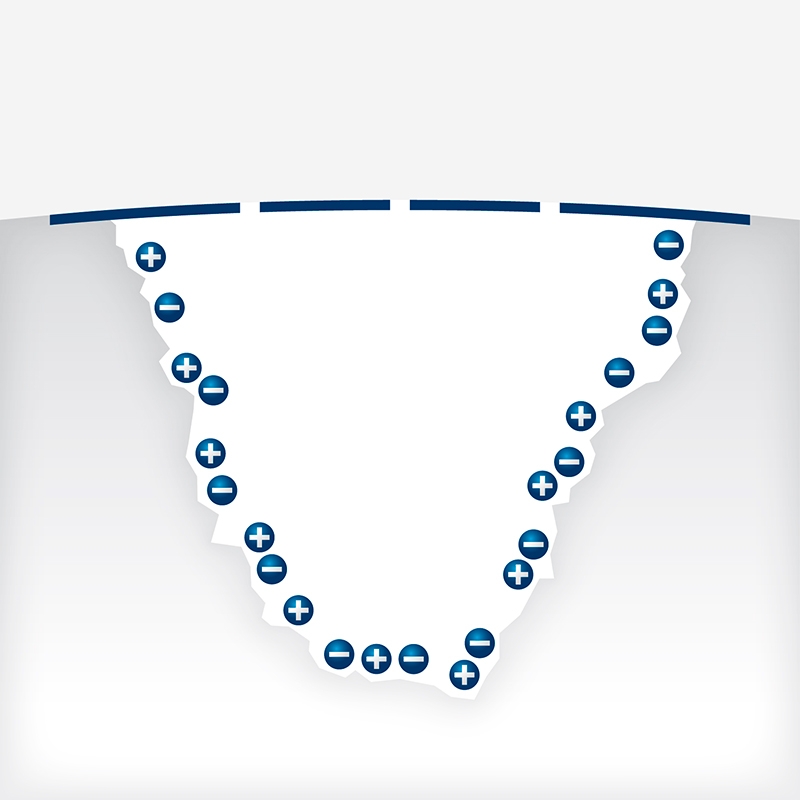
Carious lesion with a pseudo-intact enamel surface layer
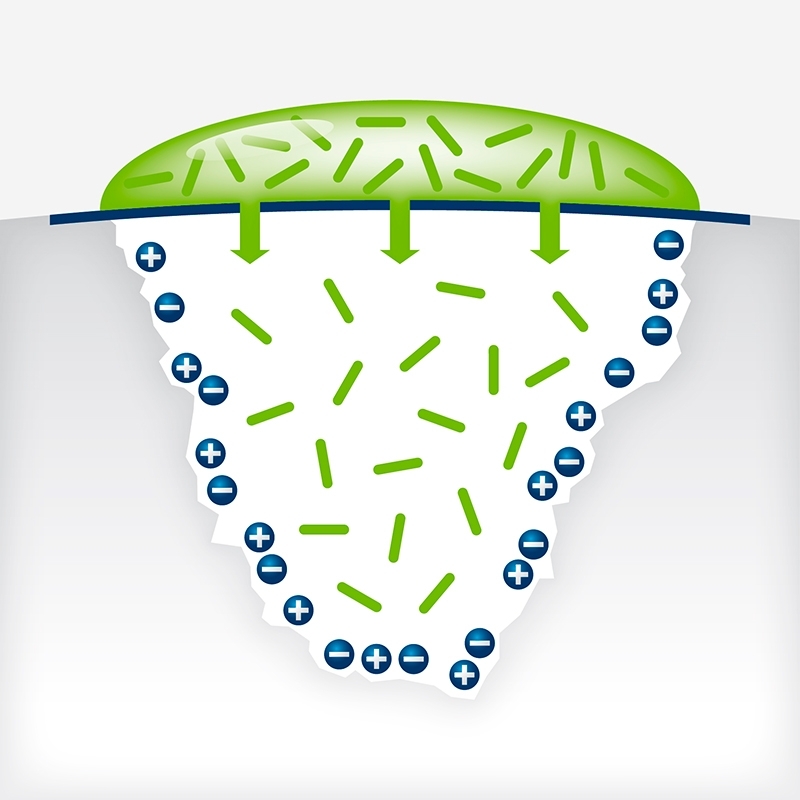
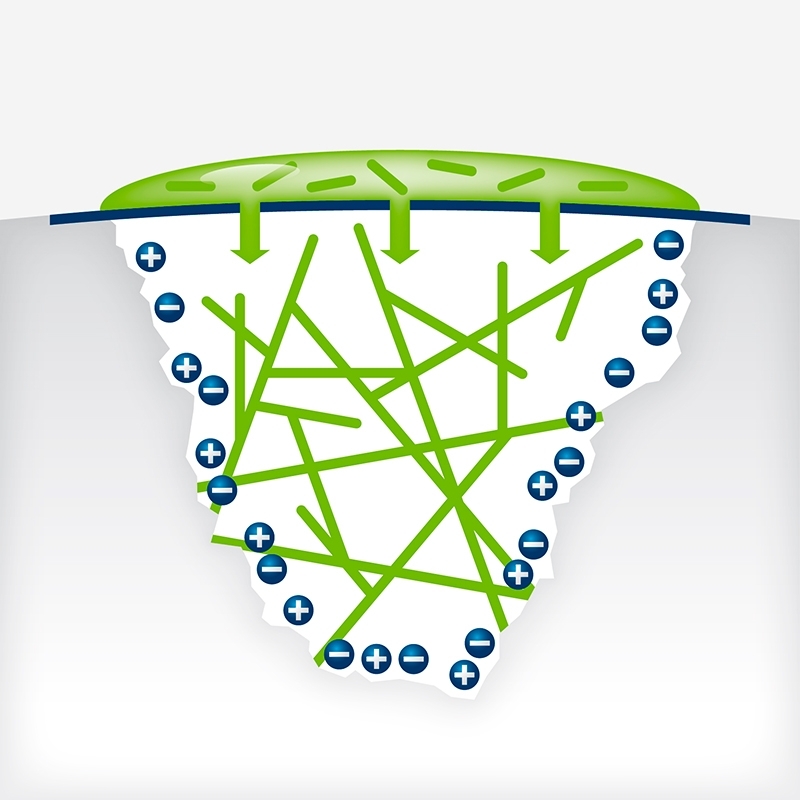
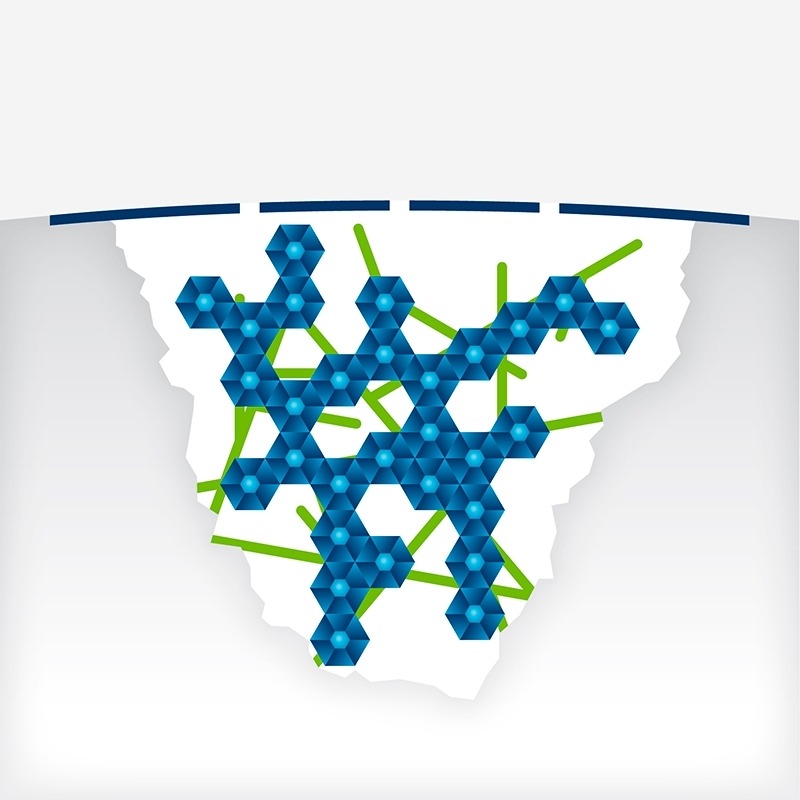
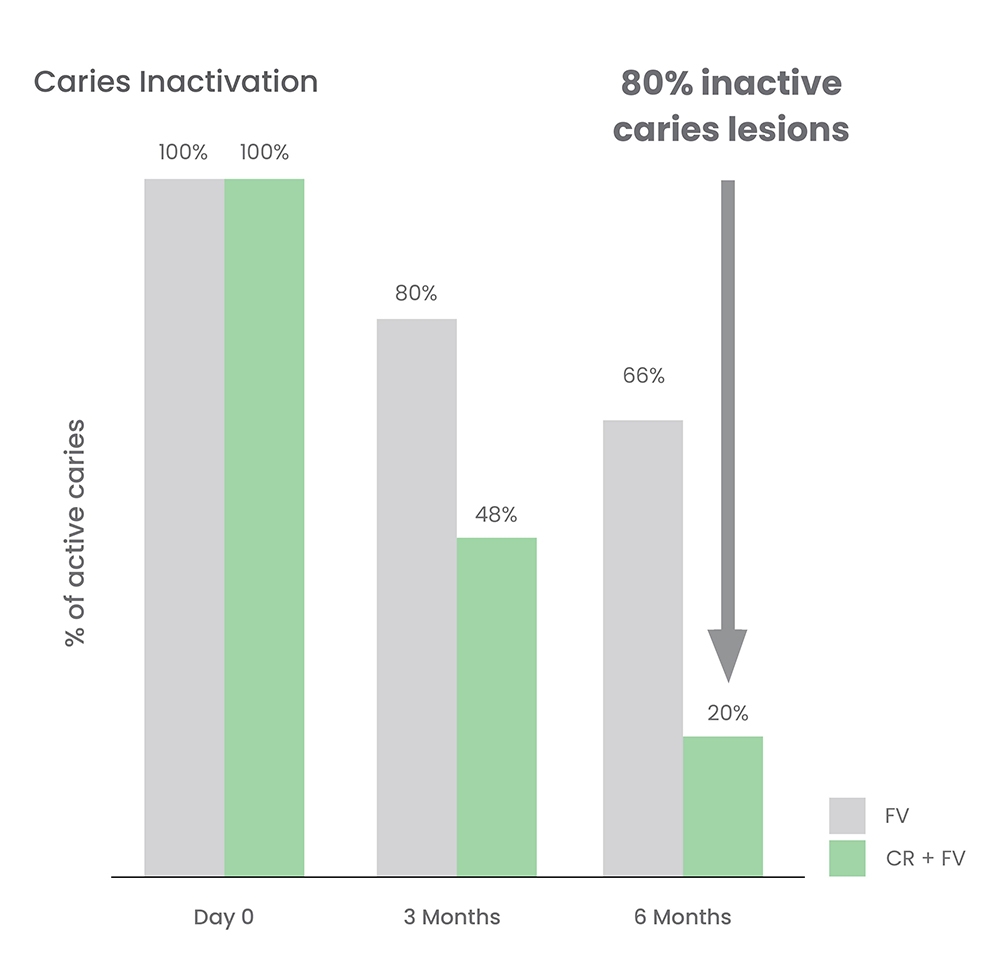
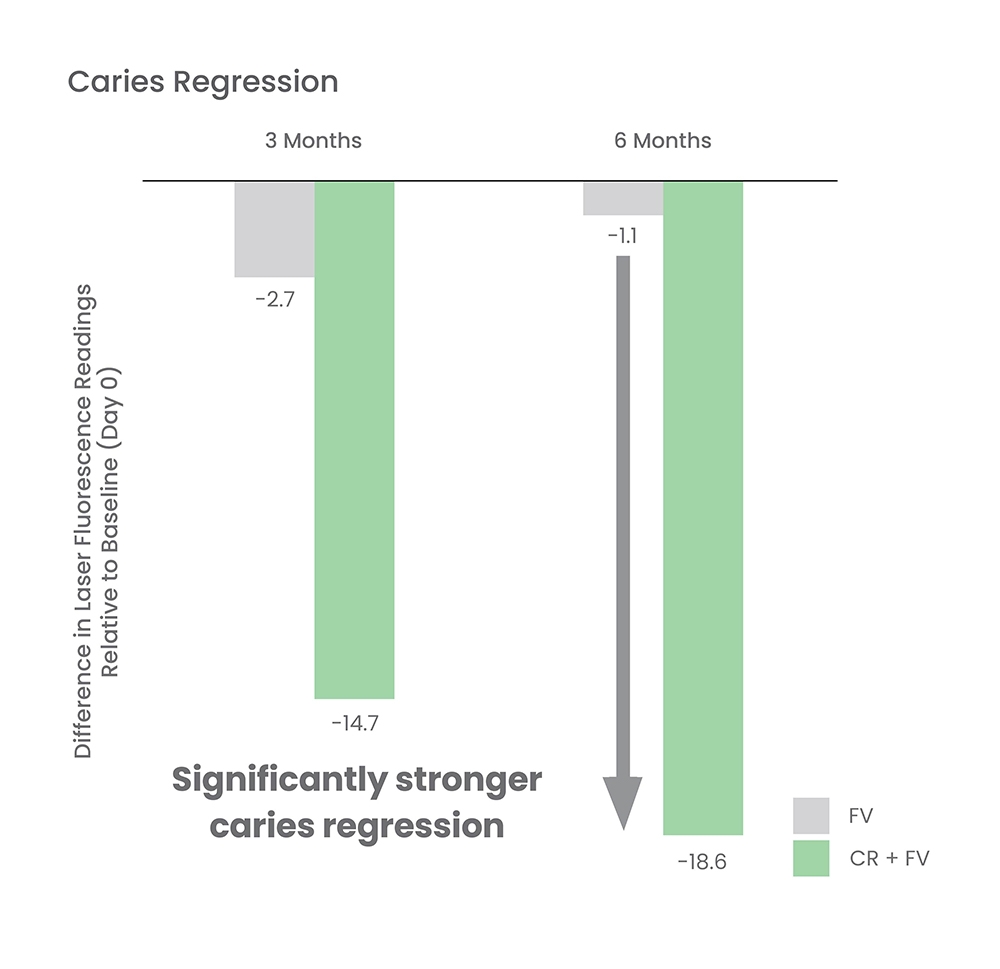
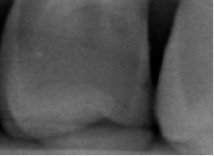
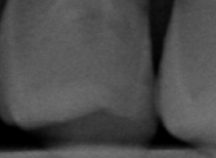

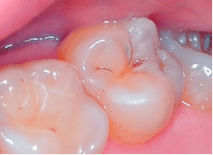
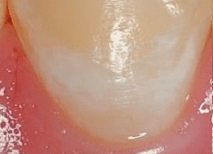
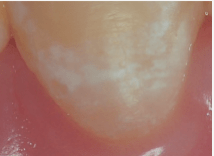
CURODONT REPAIR Application
Smooth Surface
CURODONT REPAIR Application
Interproximal Surface
CURODONT REPAIR Application
Occlusal Surface
CURODONT REPAIR Application
Ortho Case
Guided Enamel Regeneration (GER) is essentially a tissue regeneration treatment concept wherein tooth enamel is rebuilt after being lost to caries and wear, without the need to drill the tooth.
Caries is a slowly progressing dental disease. In its advanced stages, when it has progressed to the middle or inner thirds of dentin, the carious lesions may get cavitated. Once a cavity develops, the only resort is to restore with an artificial plastic material. Drilling and filling of carious lesions is the beginning of the death spiral of a tooth, which eventually ends with tooth loss. Therefore, intervening when the carious lesion is still in its incipient stages avoids or delays the need for restorations and elongates the life of a tooth. Curodont Repair helps regenerate the ‘lost’ enamel and gives teeth a fresh start.
No. CurodontTM Repair can be used in conjunction with other remineralising agents, such as fluoride varnish, to optimize enamel regeneration and mineralization. In fact, the concurrent use of CurodontTM Repair and fluoride varnish has been successfully used to produce greater inactivation of caries compared to fluoride varnish alone.*
However, all treatments should be carried out only after an interval of at least 5 minutes after the application of CurodontTM Repair and not before.
*Alkilzy M, Tarabaih A, Santamaria RM, Splieth CH. Self-assembling Peptide P11-4 and Fluoride for Regenerating Enamel. J Dent Res. 2018 Feb;97(2):148-154.
Doberdoli D et al. Randomized Clinical Trial investigating Self-Assembling Peptide P11-4 for Treatment of Early Occlusal Caries. Sci Rep 2020;10:4195.







CHF 280.00 excl. VAT

CHF 280.00 excl. VAT